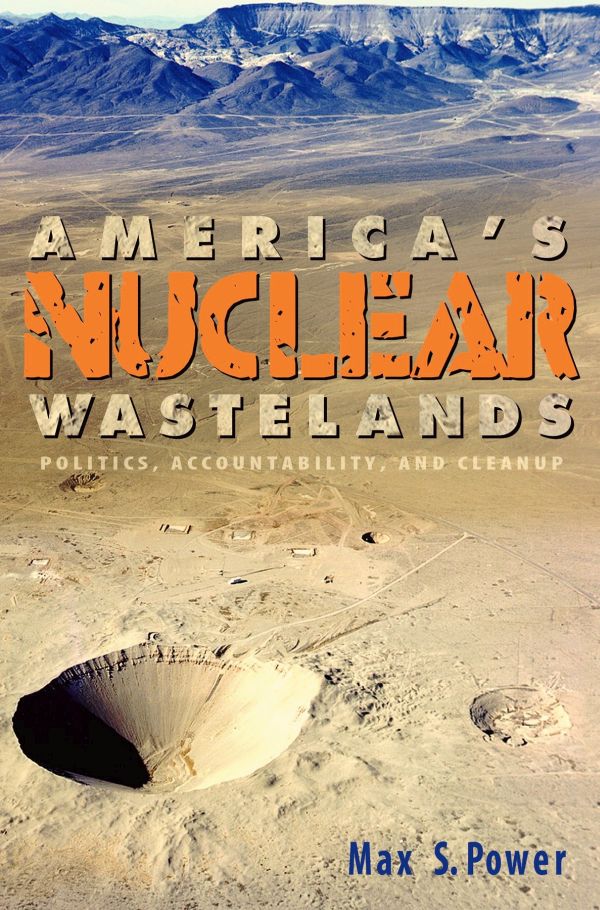Description
“I have spent a career sifting through the rubble, the abandoned documents, the factories and tools, with the thought of saving what remains of water, land, and animals. But water, wind, and root have their way.”—Melvin R. Adams
Perhaps the first environmental engineer at Hanford, Melvin R. Adams spent twenty-four years on its 586 square miles of desert terrain. His thoughtful vignettes recall challenges and sites he worked on or found personally intriguing, like the 216-U-pond. Nestled among the trees, the pond looks like a pleasant place to go fishing. In reality, it has been contaminated with plutonium longer than any other place on earth.
In what Adams considers his most successful project, he helped determine the initial scope of the soil and solid waste cleanup. The Environmental Restoration and Disposal Facility today covers 107 acres and has a capacity of 18 million tons.
His group also designed and tested a marked, maintenance-free disposal barrier. It uses natural materials that will remain stable for thousands of years. They expanded a network of groundwater monitoring wells to define contaminated plumes, assess treatment effectiveness, and provide relevant data to hydrologists. They also developed a pilot scale pump and treatment plant for use on a four-square-mile carbon tetrachloride plume.
His environmental and engineering unit included a biological control group fondly dubbed “The Weeds.” They controlled tumbleweeds, tracked and collected plants and animals found growing or digging in contaminated sites, and caught stray wildlife discovered in Hanford offices.
In Atomic Geography, Adams presents some surprising revelations. He shares his perspective on leaking high-level waste storage tanks, dosimeters, and Hanford’s obsession with safety. He even answers the question he is asked most, insisting he does not glow in the dark. He leaves that unique ability to spent fuel rods in water storage basins—a phenomenon known as Cherenkov radiation.
Illustrations / map / references / index / glossary / 154 pages (2016)








